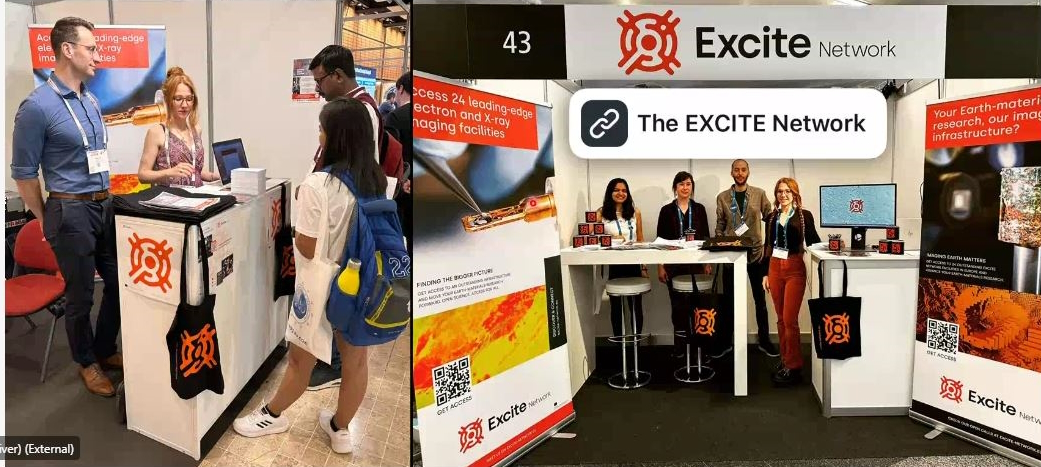The kick-off meeting, spearheaded by Oliver Plümper, Utrecht University, a UiO alumnus and coordinator of EXCITE 2.0, showcased innovative visions and plans from Work Package (WP) leaders. Oliver finished his PhD here a few years ago. This event not only signified the commencement of the project but also highlighted the vital role that the University of Oslo will play in contributing to and benefiting from the network's collaborative efforts.
The EXCITE Network is a pioneering infrastructure dedicated to advancing the imaging of Earth and planetary materials. It provides scientists unparalleled access to some of the world’s finest electron and X-ray imaging facilities. By sharing knowledge and communicating the latest developments, it aims to foster new interactions and collaborations, drive scientific progress, and deliver social benefits.
As part of the Horizon 2020 European Union programme, the EXCITE Network promote the essence of open science. It offers scientists worldwide transnational access to its facilities. With its mission to catalyse innovations in materials research, the network encourages the development of cross-disciplinary initiatives and progressive projects.

The University of Oslo looks forward to engaging in this vibrant community, participating in workshops and webinars, and supporting our researchers in preparing proposals for facility access. The next call for proposals opens in Spring 2024, inviting scientists to leverage this unique opportunity to push the boundaries of materials research.
Virtual Desktop Infrastructure (VDI) in the EXCITE 2.0 Project: A Leap Towards Sustainable Research
Our role will be to give access to our X-ray imaging and SEM platform and our newly developed Virtual Desktop Infrastructure (VDI) system. Integrating VDI within the EXCITE 2.0 Project represents a pioneering step towards more sustainable, efficient, and collaborative research methodologies. Researchers can access specialised software and large datasets without the need for costly individual workstations, enabling more complex and detailed analysis. This accessibility accelerates the pace of discovery and innovation within the EXCITE 2.0 Project. At the heart of the EXCITE 2.0 Project's mission is the commitment to advance scientific discovery and ensure that these advancements are achieved through environmentally conscious and socially responsible means. The adoption of VDI technology is a testament to this commitment, offering numerous benefits that resonate across societal, environmental, and research domains. By centralising computing resources, VDI reduces the need for high-end hardware across multiple locations, decreasing electronic waste and energy consumption. This centralisation also contributes to lower carbon emissions, reducing the need for physical transportation of researchers and resources. In the context of the EXCITE 2.0 Project, leveraging VDI means that the environmental footprint of research is minimised, aligning with global efforts to combat climate change and promote sustainability.
Please stay tuned for more updates on the EXCITE 2.0 Network and find out how our involvement will positively impact research, industry, and society. Together, we embark on this exciting journey to illuminate the geological processes that shape our world.
This project has received funding from the European Union’s Horizon 2020 research and innovation programme under grant agreement No. 101005611 & Horizon Europe grant agreement No. 101131765
